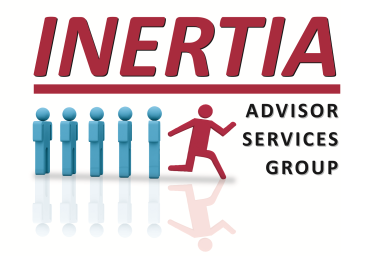The Evolution of Long-Term Care Planning
"The Silver Tsunami" is approaching the United States as 75 million Baby Boomers will soon be in or nearing retirement, so there's no denying that planning for potential Long-Term Care (LTC) needs has never been more critical when government studies consistently indicate more than half of all Americans over age 65 will need some form of care. Less than 20% of Americans1 have addressed their future LTC Planning needs, and far too many in the other 80% mistakenly believe that Medicare will cover those expenses.
The reality for most is that the burden of providing care will fall on families or paying for care with personal assets, and without proactive planning, the vast majority of Americans are unprepared for the physical, emotional, and financial toll that comes with the need for LTC. To help clients put this into perspective, consider starting with a simple yet powerful question:
"What percentage of your assets are currently allocated to pay for healthcare expenses NOT covered by Medicare, a Medicare Supplement, or Health Insurance?"
Most clients will likely respond with "ZERO" when the correct answer is "nearly 100%" and here's why: To qualify for Medicaid to begin paying for a client's healthcare, the client must "spend down" most of their assets. This means that, without a formal plan, nearly 100% of their assets are effectively allocated to cover healthcare expenses not covered by Medicare or health insurance. This fundamental reality highlights the importance of planning because once it's understood, the conversation can naturally segue into Long-Term Care Planning with a follow-up question:
"If you need care, which assets/accounts will you tap first to pay for it?"
This question challenges clients to think realistically about their future and the potential need for care. Some may resist, insisting they won't need care, but that's not an answer—it's a denial of reality and a postponement of tough choices. Advisors have a unique role in helping clients face these challenges today while they still have options.
Introduce A Comprehensive Approach
The Long-Term Care Plan Document: The document is the backbone of this evolved approach to LTC Planning. It serves as a thorough roadmap for clients, outlining the ten critical elements necessary for every LTC Planning strategy…..A template for this document can be found here: Long-Term Care Plan Document. After you review it, you will begin to understand what most of the advisory community doesn’t - That paying for care is merely an element of the planning and not THE PLAN.
A Holistic Evaluation Utilizing the HALO Assessment: The HALO Assessment is an invaluable tool in this evolved approach. It evaluates various aspects of a client's health, assets, lifestyle, and obligations to provide a holistic view of their situation. By integrating the HALO Assessment with the LTC Plan document, advisors can deliver a more personalized and comprehensive planning experience. The assessment helps identify potential gaps in a client's current planning, making it easier to tailor the LTC Plan to their needs. It also facilitates a deeper conversation about the client's preferences, concerns, and the practical realities of funding LTC.
The Path Forward: An Evolved Approach
With so many Americans in or heading toward retirement, the evolution of Long-Term Care Planning is the response to Boomers leading the charge and taking a proactive approach to ensure multi-generational security. The advisory community is uniquely positioned to guide clients through this complex landscape, leveraging the available tools to create a well-rounded and client-centered strategy. By asking the right questions and providing a structured planning process and a written plan document, you can help clients navigate the uncertainties of the future, ensuring they have a solid plan for their LTC needs. Regardless of your advisory role, it's really quite simple……
Most of your clients don't have an LTC component in their comprehensive planning, and perhaps now is the time to initiate meaningful conversations and guide them toward a secure and well-prepared future based on The Evolution of Long-Term Care Planning……
240826

